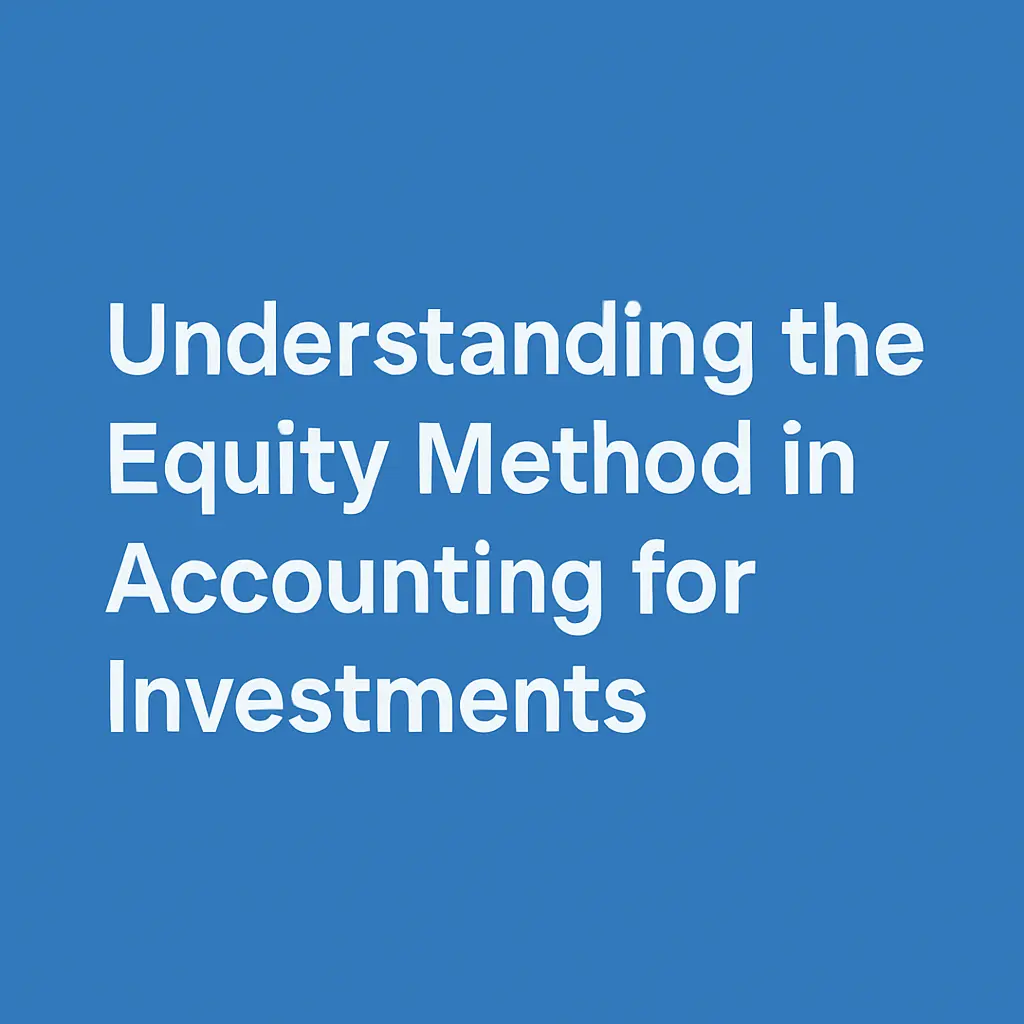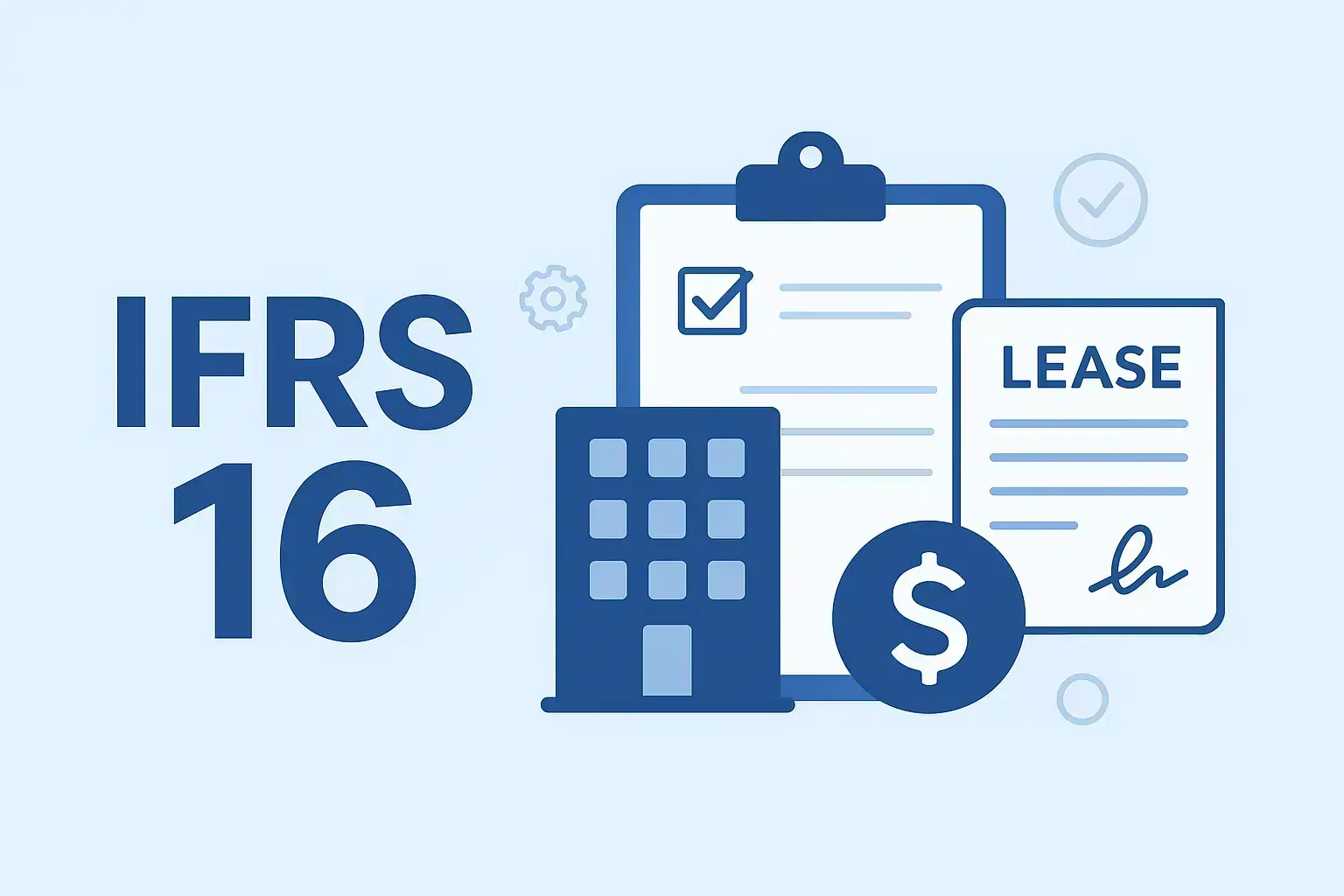Latest Articles & News
Explore the most common business valuation methods used by SMEs and startups in Austria. From DCF to market comparables and asset-based approaches, our resources show how to build defensible valuations supported by bookkeeping, forecasts, and inventory valuation.

Business Valuation & M&A
Common Methods of Business Valuation Explained
For SMEs and startups in Austria, choosing the right business valuation approach is essential for fundraising, negotiations, and strategic planning. This guide explains the most widely used methods—how they work, when to use them, and what data you need to ensure that results are realistic and defensible.
How Business Valuation Methods Differ
Professional business valuation can be approached from three angles: the income your company can generate, the prices paid for comparable companies, and the value of your assets net of liabilities. The right method depends on your business model, stage, and data quality.
Income Approach (Discounted Cash Flow)
The DCF method projects free cash flows and discounts them back to present value using a risk-adjusted rate. It is powerful for SMEs with clear growth plans and reliable forecasts.
Best for: Profit-generating companies with measurable growth and visibility on margins and capex.
Inputs: Revenue, margin, working capital, capex assumptions, and a justified discount rate.
Watchouts: Over-optimistic forecasts; ensure assumptions align with budgeting and forecasting and historical performance.
Market Approach (Trading & Transaction Multiples)
Values a business using valuation multiples (e.g., EV/Revenue, EV/EBITDA) from comparable listed peers or private transactions, adjusted for size, growth, and risk.
Best for: Sectors with active M&A or public peers; helpful for triangulating investor expectations.
Inputs: Clean financials, a defensible peer set, and normalized earnings (add-backs, non-recurring items).
Watchouts: One-size multiples mislead—apply discounts/premiums for growth, margins, and liquidity.
Asset-Based Approach (Adjusted Net Asset Value)
Measures equity value by marking assets and liabilities to fair value. Relevant for asset-heavy companies or distressed cases where earnings are not reliable.
Best for: Holding companies, real-asset businesses, or early-stage ventures with minimal revenue.
Inputs: Up-to-date appraisals and accurate bookkeeping records to support adjustments.
Watchouts: May understate going-concern value if future earnings power is strong.
How to Select and Triangulate Methods
Stage & model: Use DCF for stable, cash-generating SMEs; multiples for benchmarked sectors; asset-based for asset-heavy or restructuring cases.
Data quality: Align methods with the strength of your forecasts and the availability of reliable market comps.
Triangulate: Present a primary method with secondary cross-checks to build a defensible valuation range.
Preparing Your Numbers for Valuation
Normalize earnings: Remove one-offs and owner adjustments; reconcile to audited or reviewed statements.
Clean working capital: Review AR/AP aging and inventory (see inventory valuation) to avoid distortions.
Build scenarios: Create base, upside, and downside cases tied to your budget/forecast and variance history.
Get a Defensible Business Valuation
Reportat helps SMEs and startups in Austria apply the right valuation approach—income, market, or asset-based—and document assumptions clearly for investors, lenders, and M&A counterparts.
Book a Consultation · Explore Business Valuation Services · More Guides on Business Valuation & M&A






Send Us Message
Your email address will not be published. Required fields are marked *